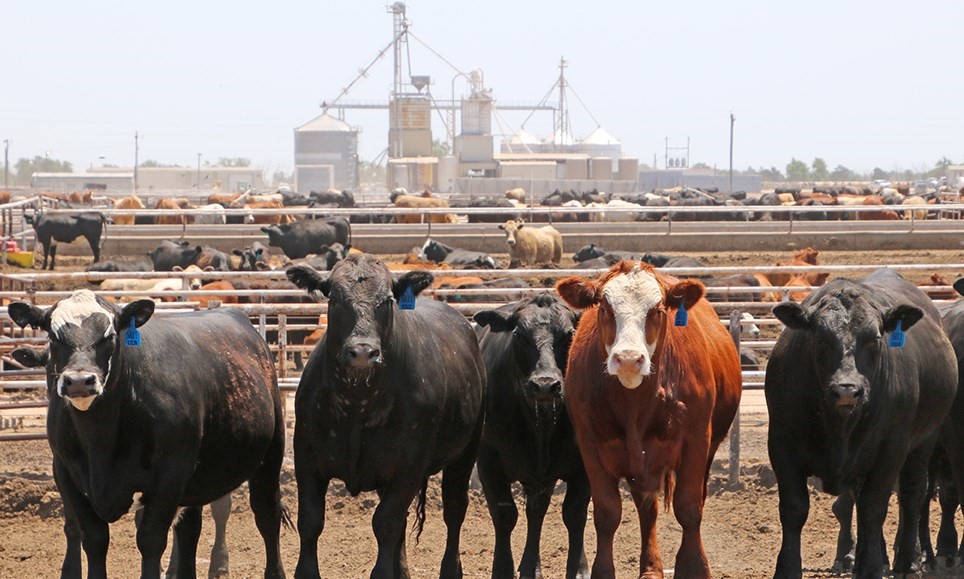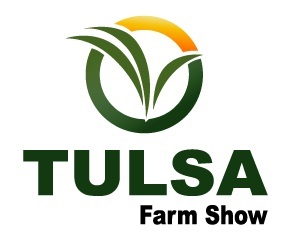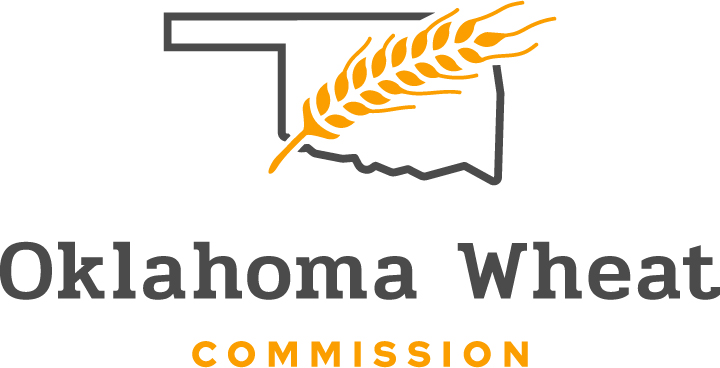
Beef Buzz News
Notable Increase in the Cost of Gain in Feedlots for 2022 says Dr. Glynn Tonsor
Wed, 22 Jun 2022 16:13:21 CDT
 Senior Farm and Ranch Broadcaster, Ron Hays, features commentary from Kansas State University Extension Livestock Market Economist, Dr. Glynn Tonsor. On KSU's Agriculture Today, now hosted by Samantha Bennett, Tonsor talks about the rising cost of gain in feed lots.
Senior Farm and Ranch Broadcaster, Ron Hays, features commentary from Kansas State University Extension Livestock Market Economist, Dr. Glynn Tonsor. On KSU's Agriculture Today, now hosted by Samantha Bennett, Tonsor talks about the rising cost of gain in feed lots.
"You can look back over time at how the cost of putting weight on at the feed yard has varied over time," Tonsor said. "The most recent month I have closed the book on is April of 2022, and the cost of gain on the closeouts in April of this year were 120 dollars."
For context, Tonsor said closeouts in 2021 were at 96 dollars.
"Anybody who is good at math knows that is a big percentage jump and if I keep going back in time, in 2020 it was 87 dollars and in 2019 it was 88 dollars and in 2018 it was 79 dollars," Tonsor said. "We have had a notable increase in the cost to put weight on."
Higher production costs, Tonsor said, are not unique to the feedlot industry. Higher costs in society are currently higher in general, he added.
Discussion about higher cattle prices, livestock prices and higher meat prices are all relevant, Tonsor said, because the cost of producing those items and putting pounds on in the feed yard is up notably compared to one year ago, and especially three or four years ago.
Dr. Tonsor said there are two things that stick out in his mind that have pushed the cost of gain figures sky high. Feed costs and labor, Tonsor said are becoming more of a challenge for producers.
"It is still a challenge to secure and keep labor, and if you do, you are probably paying a much higher wage than you were in the past," Tonsor said.
Dr. Tonsor said the sources he relies on for information are the Beef and Pork Checkoff supported project called the Meat Demand Monitor at KSU and the USDA.
Tonsor said the MDM project gives him insights on retail in the month of May. Meat demand in grocery stores and domestic restaurants went down compared to April, he added.
"Net pay is declined for the majority of folks when you account for inflation," Tonsor said. "The average U.S. resident is quite pessimistic about the general financial and economic situation. It is not surprising when that is the case, and they are having net pay decline. They are tightening their belt."
As an example of the changes consumers are making, Tonsor said, one of the things he tracks with the meat monitor is what consumers are doing in response to higher retail meat prices.
"Two-thirds say they are making some type of a change," Tonsor said "The most common change is they are buying the same preferred item, but fewer of them."
Consumers buying fewer of their favorite meat items, Tonsor said, aligns with his comment about meat demand slipping in the month of May.
"Earlier signs for June are it may have slipped some more as well," Tonsor said "But again, that is me guessing two weeks before we have ended the data collection."
Dr. Tonsor follows the USDA regularly to keep up with meat demand. The MDM, he said, is a service-based effort which yields information that is one month older from the USDA.
"There are different ways to look at demand and they vary in exactly the depth and perception they give us," Tonsor said. "For the month of April, the most recent week to look at with USDA data, domestic meat demand was down from March about 10 percent whether we look at beef, pork or poultry demand."
Importantly, Tonsor said in April, beef and pork demand were still up from April 2021, so April or May were the switch point for the pandemic.
"I hope post-pandemic period, if that term exists here, we may have hit a high-water mark on domestic meat demand, and I think it is a natural response to the net pay decline," Tonsor said. "Who knows what the months ahead hold if inflation gets tamed down some, maybe that story changes, but the domestic demand per USDA started to decline in April, and it started to decline in May per the meat demand monitor."
Tonsor said he liked to describe demand as a 3-legged stool with the legs being domestic grocery stores, domestic food service, and exports being the three channels for meat products.
For April exports, Tonsor said demand from foreign buyers for U.S. meat were all down compared to March. Beef remains up from April of 2021, he added.
"For several months now, beef demand has been higher by foreign buyers for U.S. beef than it was a year before," Tonsor said. "Export demand is always important, but it is extra important if we have some strength there, or less weakness than we have domestically, because it can mitigate some of the downward pressure that comes from domestic meat demand slipping."
Click the LISTEN BAR below to hear more from Dr. Tonsor on meat demand and the significant increase in cost of gain for 2022.
The Beef Buzz is a regular feature heard on radio stations around the region on the Radio Oklahoma Network and is a regular audio feature found on this website as well. Click on the LISTEN BAR below for today's show and check out our archives for older Beef Buzz shows covering the gamut of the beef cattle industry today.
WebReadyTM Powered by WireReady® NSI
Beef News






